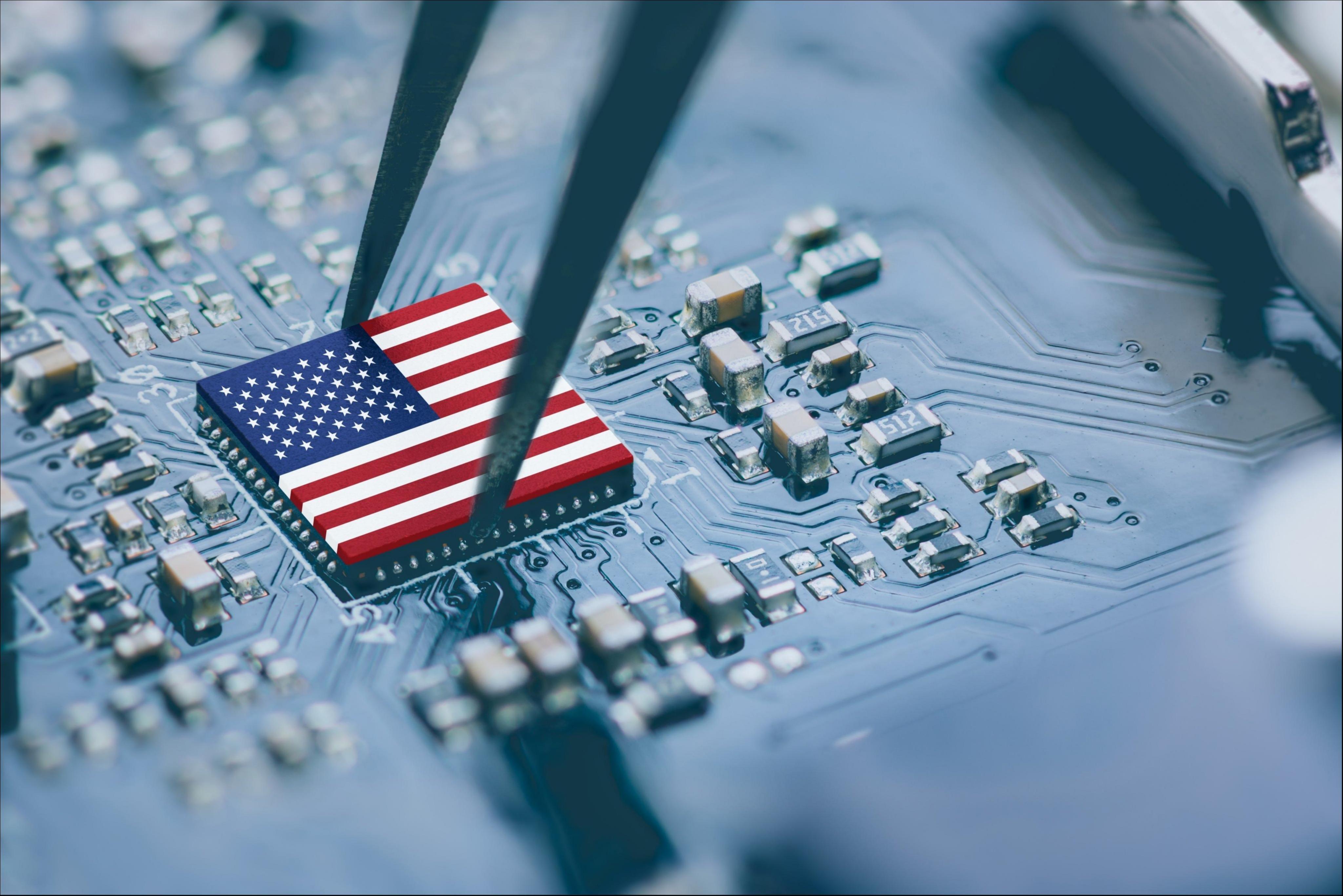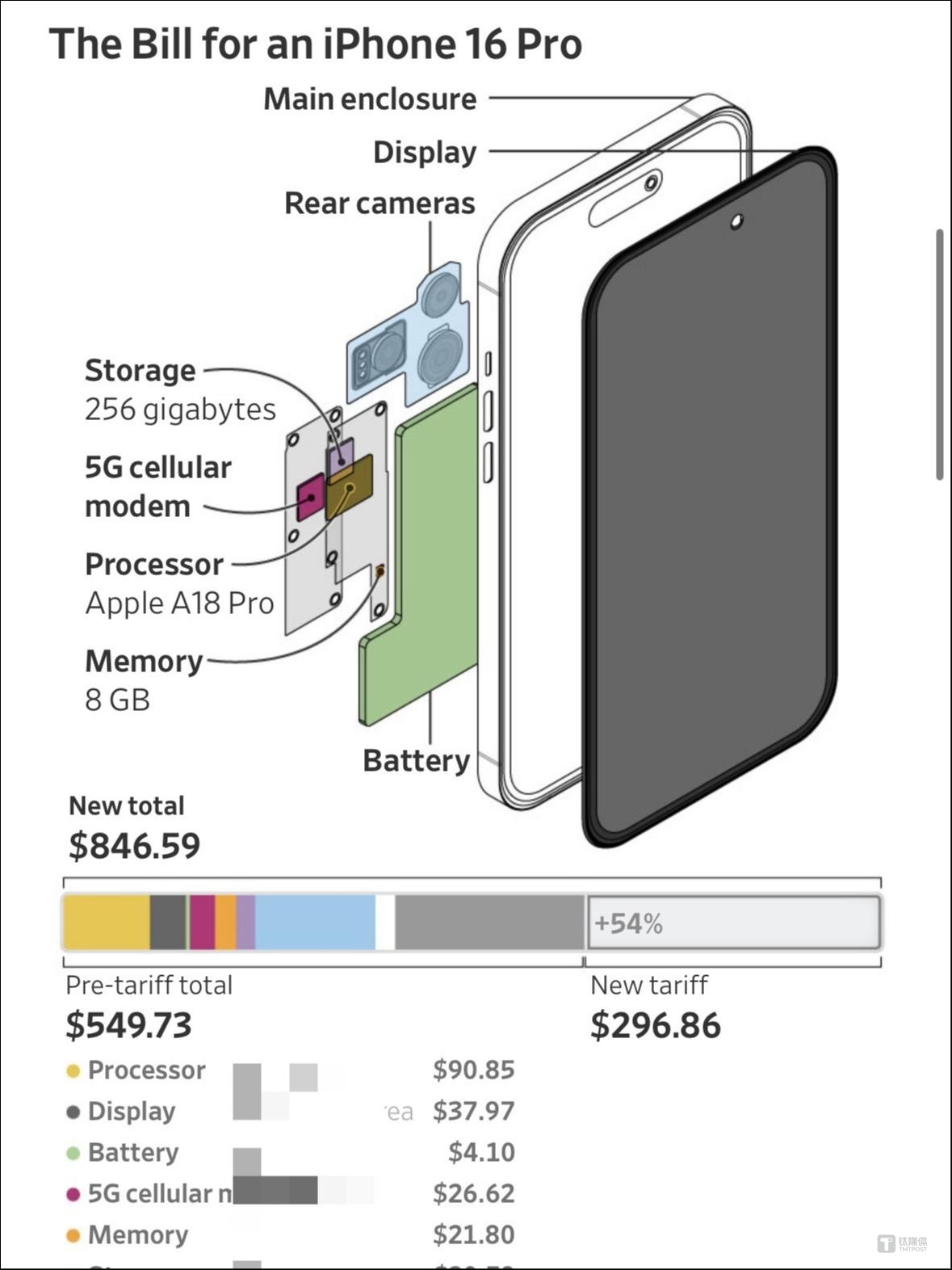
(Image Source: Shutterstock US)
AsianFin -- Major tech and semiconductor stocks have taken a hit since U.S. President Donald Trump announced steep "reciprocal" tariffs against nearly all trading partners.
As of Monday's close, shares of tech giants dropped significantly. Apple fell by 3.67%, Intel by 1.41%, and TSMC's ADRs by 0.43%. In Asia, TSMC plummeted over 9%, reaching its daily limit. Foxconn and MediaTek also faced declines, while in Hong Kong, Lenovo dropped 22.89% and SMIC sank more than 16%.
Market data shows the U.S. stock market lost over $6 trillion in market capitalization between April 3 and 4. The combined valuation of the "Big Seven" — Apple, Microsoft, Amazon, Tesla, Meta, Nvidia, and Google — shrank by more than $1.8 trillion. Apple alone lost 19% in just three trading sessions, erasing $638 billion in market value. Nvidia also lost over 10% this week, resulting in a $260 billion market value wipeout.
The market instability aligns with Trump’s renewed focus on chip tariffs. Earlier this year, he proposed levies of up to 100% on advanced semiconductor imports. Although this was briefly postponed due to TSMC's $100 billion investment pledge, the administration now hints that tariffs on up to $521 billion worth of chip-related goods could reach 49%.
While $82 billion in imported chips may be safe for now, analysts from Goldman Sachs emphasize that the entire ecosystem — machinery, components, and electronics — is at risk.
On April 4, China announced a 34% tariff on all U.S. imports, including chips, set to take effect on April 10. This was followed by measures like export restrictions on rare earths and WTO filings.
Apple and Nvidia in Focus
Apple is now a key player in this tariff conflict. Morgan Stanley estimates that new U.S. tariffs could cost Apple $8.5 billion yearly, increasing the iPhone 16 Pro's component costs from $549 to $846. If passed to consumers, the iPhone 16 Pro Max could be priced at $2,300, a rise from $1,599.
Reports indicate that Apple shipped inventory from India to the U.S. in late March to avoid tariff impacts, but future models, particularly the iPhone 17 series, may see price increases.

While Apple might not raise prices immediately due to existing inventory, analysts warn that rising component costs could squeeze profit margins, affecting the broader electronics industry and economy.
Furthermore, tariffs could spark inflation, increasing consumer goods prices. The National Retail Federation has cautioned that proposed tariffs could lead to inflation and job losses.
During Trump's first term, Apple began diversifying its supply chain, moving some production from China to India, Vietnam, and other Southeast Asian countries. However, the new high tariffs may heavily impact Apple's supply chain, prompting reports that Apple may shift iPhone 16 production to Brazil.
Nvidia, facing a 75% gross margin on its high-end AI GPUs, could also see substantial new import taxes, further raising inflation fears.
As tariffs rise, they not only increase import costs but also accelerate China’s efforts to enhance its domestic chip production capabilities.
Chinese officials have condemned the U.S. tariffs as “economic bullying,” calling for a return to cooperative trade relations.
The global chip war has intensified, with both countries imposing tariffs that disrupt global supply chains. As the U.S. strives to bring chip manufacturing back home, China is rapidly advancing its domestic production capabilities, leading to a complex landscape for global tech and chip companies.







